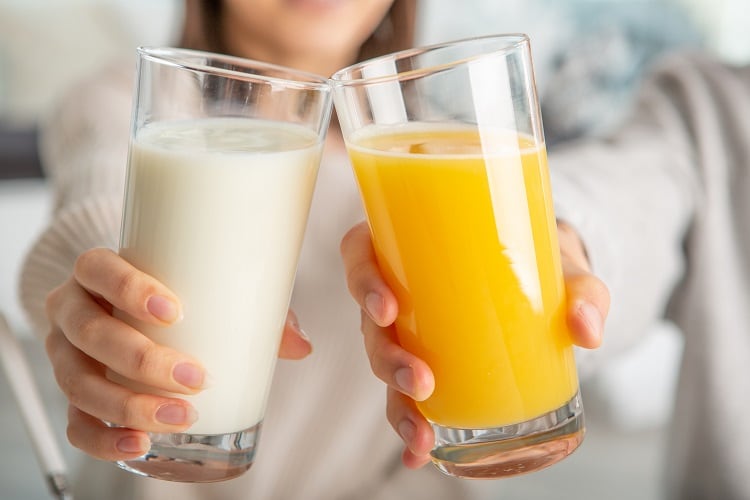The environmental footprints of certain foodstuffs, calculated per unit of protein produced, risk misinforming food stakeholders and consumers, the researchers claimed. Instead, the full nutritional value of foodstuffs needs to be fully considered when scientists are trying to calculate the environmental impact of producing different foods.
In a study, the authors took a measure of protein quality called the Digestible Indispensable Amino Acid Score (DIAAS) and used it to create ‘adjusted’ environmental footprint metrics for a variety of foods. Using this method, many animal-based products’ environmental impacts were almost halved (e.g., dairy beef) whilst the impacts associated with wheat bread, for instance, increased by almost 60%.
That’s because a healthy average human would need to consume much more low-DIAAS products to achieve the same protein benefit compared with high-DIAAS products, the study said, thus leading to more production, and associated environmental impact to reach the same level of recommended intake.
Protein is a highly complex nutrient comprising amino acids, nine of which, known as essential or indispensable amino acids (IAA), cannot be produced directly by humans and must come from dietary sources. Moreover, the digestibility of different amino acids within the human gut is highly variable. In other words, the quantity of protein in a product does not necessarily represent its quality, which is affected by numerous factors, including the fact that some food items (typically plant-based products) contain other factors which can inhibit or restrict nutrient uptake.
The team used the DIAAS score to represent how digestible a food item’s amino acids are. When this is applied to four animal-based foods (dairy beef, cheese, eggs, and pork) and four plant based protein sources (nuts, peas, tofu, and wheat), all the animal-based products scored more than 100% DIAAS due to their highly digestible structure and lack of inhibitory compound;, Tofu had a DIAAS of 105%, whilst the three other plant-based protein sources scored under 100%, with wheat scoring particularly poorly (43%).
“This study highlights the need for both nutritional and environmental sciences to be taken into account to fully understand the impact that food production has on human and environmental health,” said Dr Graham McAuliffe, a Life Cycle Assessment Specialist based at Rothamsted, and the lead author of the study.
“Simple ‘mass-based’ - nutrient content rather than quality - comparisons of food items’ sustainability is not sufficient to provide policymakers and stakeholders with transparent and useful information on how to reduce their environmental impacts across agri-food supply-chains,” said Dr McAuliffe.
“Food items are rarely consumed in isolation, and therefore one of the major recommendations we urge future nutritionally-focussed sustainability assessors to consider is the complementarity of food at, for instance, the meal level or multi-meal level.”
According to McAuliffe, this is a critically important factor for consideration as low DIAAS values in one item may be offset by higher scores in other foods, thereby allowing targeted assessments of protein delivery for different regions, nations, or populations which may be deficient in a certain IAA.
“Rather than advising people on what they should or should not eat,” McAuliffe told FoodNavigator. “We are advising environmental footprint experts on the fallacy of using protein (i.e., total protein) as an impact scaling factor in LCA, known as a 'functional unit,' as it is like comparing apples and nuts when the amino acid balance and digestibility differ greatly; for example, comparing environmental impacts based on the protein quantity of wheat with tofu makes little sense as the quality of said protein means they are not directly comparable from a nutritional point of view. Therefore, we argue that, if nutritional science is going to be integrated into environmental footprinting, it should be done according to best practice in the fields of dietary/health sciences.”
Reference
Protein quality as a complementary functional unit in life cycle assessment (LCA)
The International Journal of Life Cycle Assessment
https://link.springer.com/article/10.1007/s11367-022-02123-z





